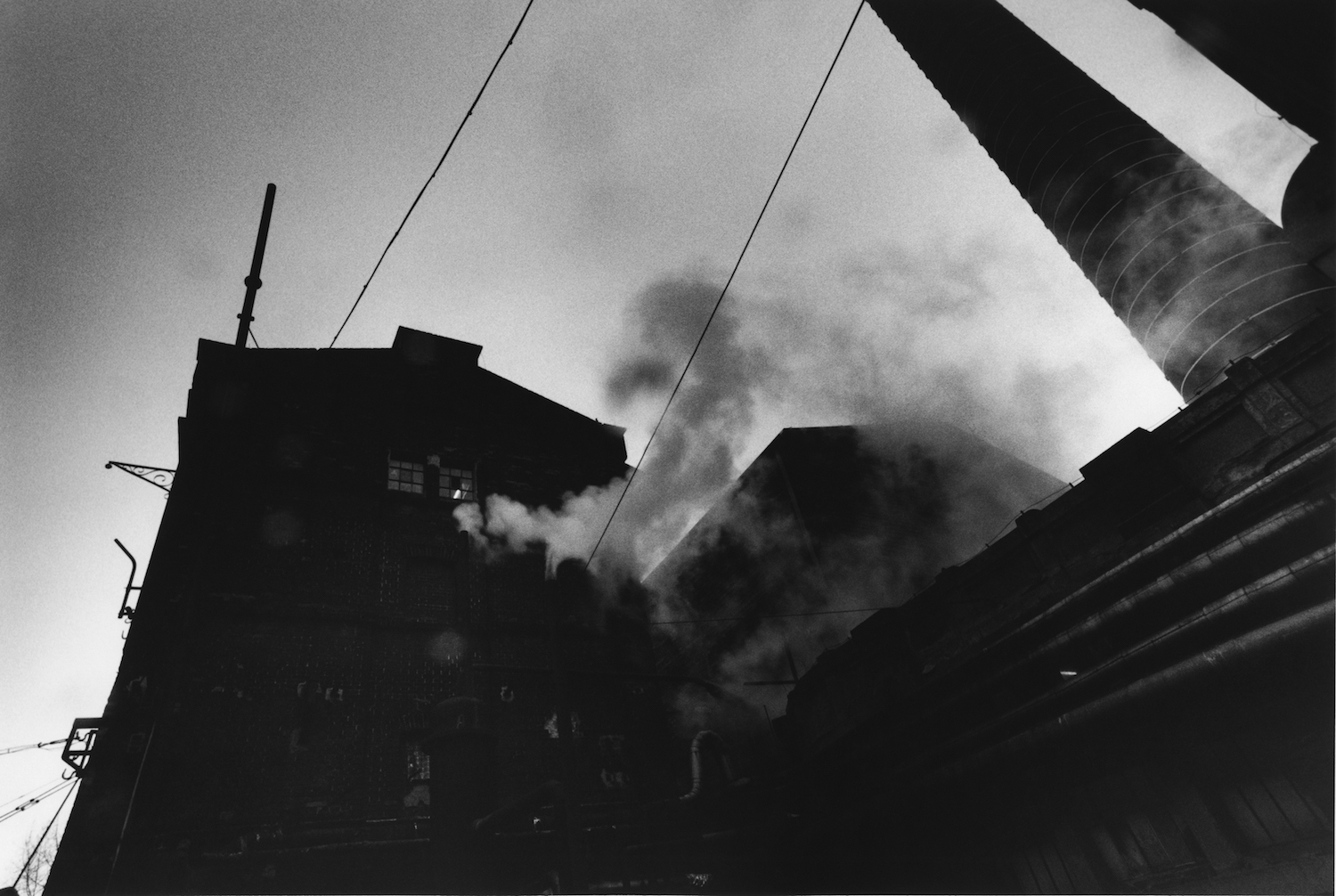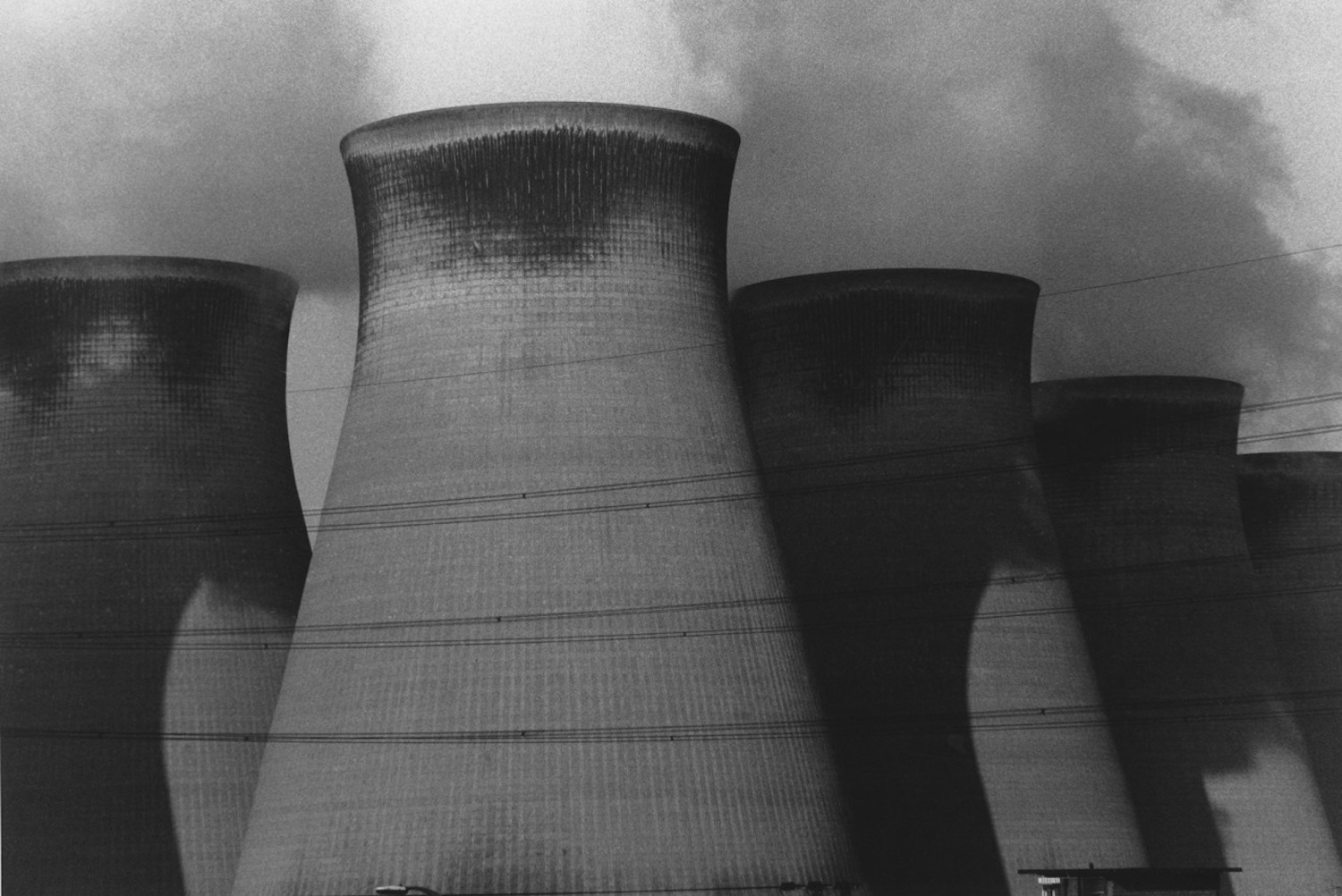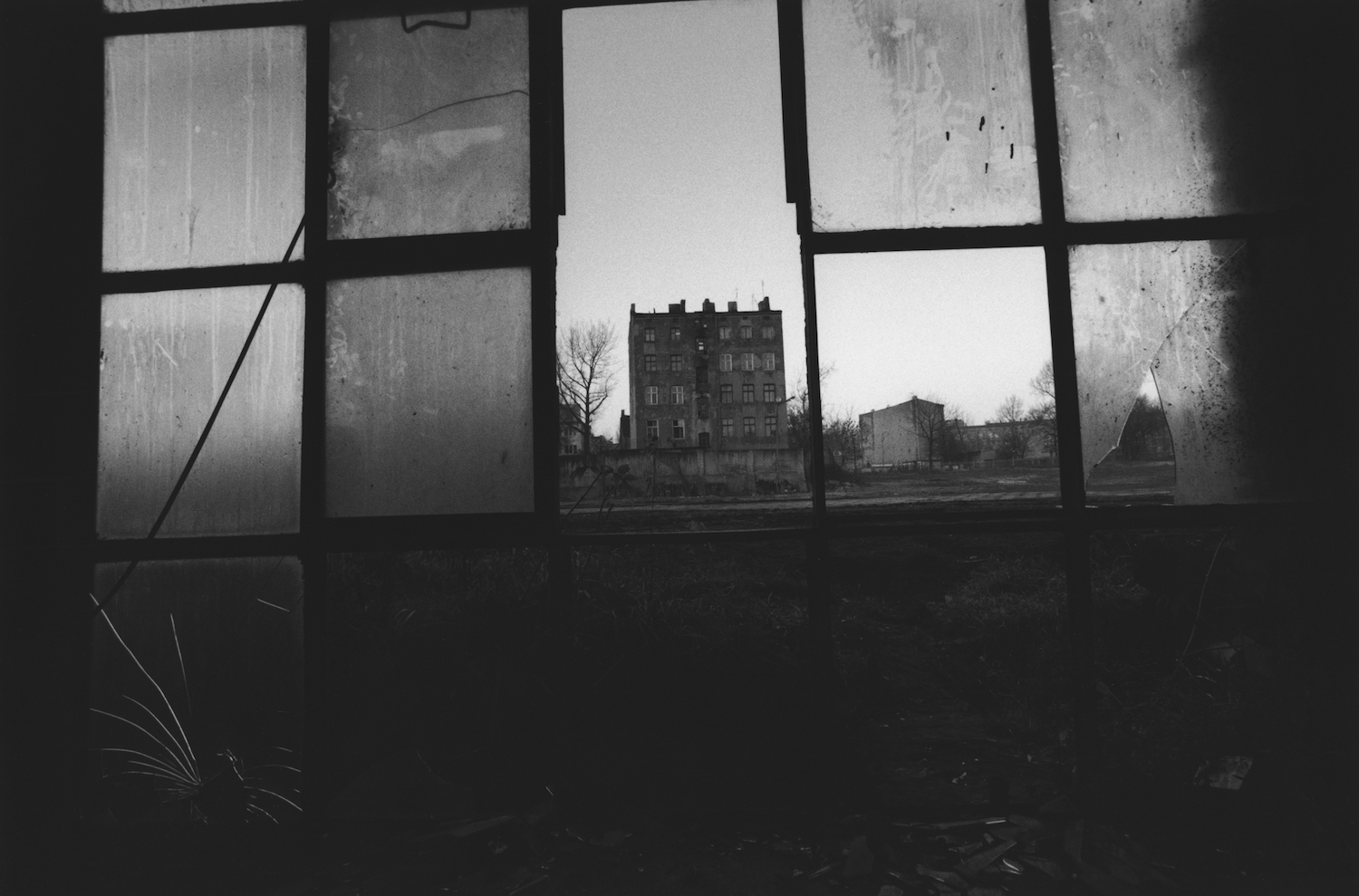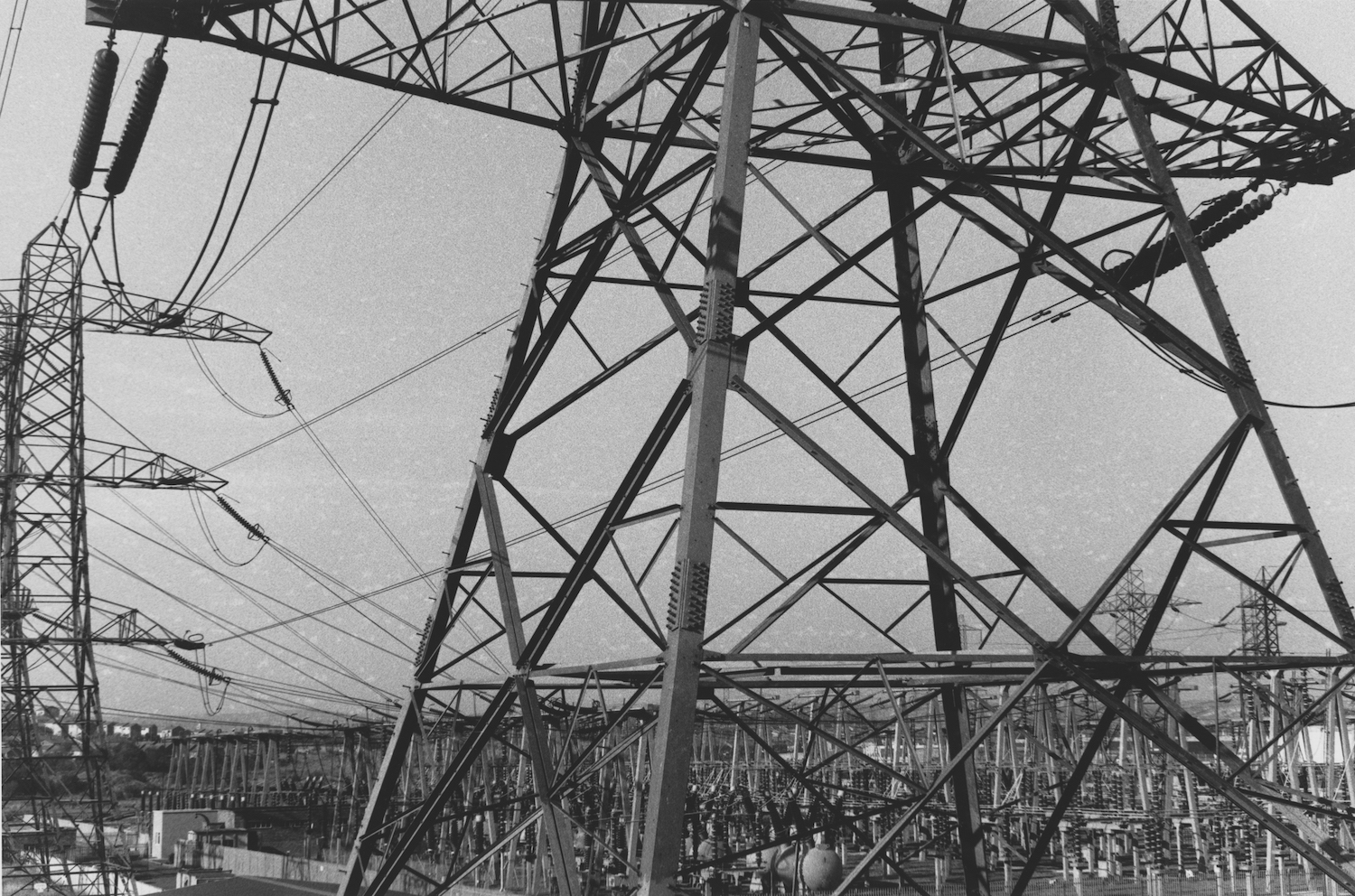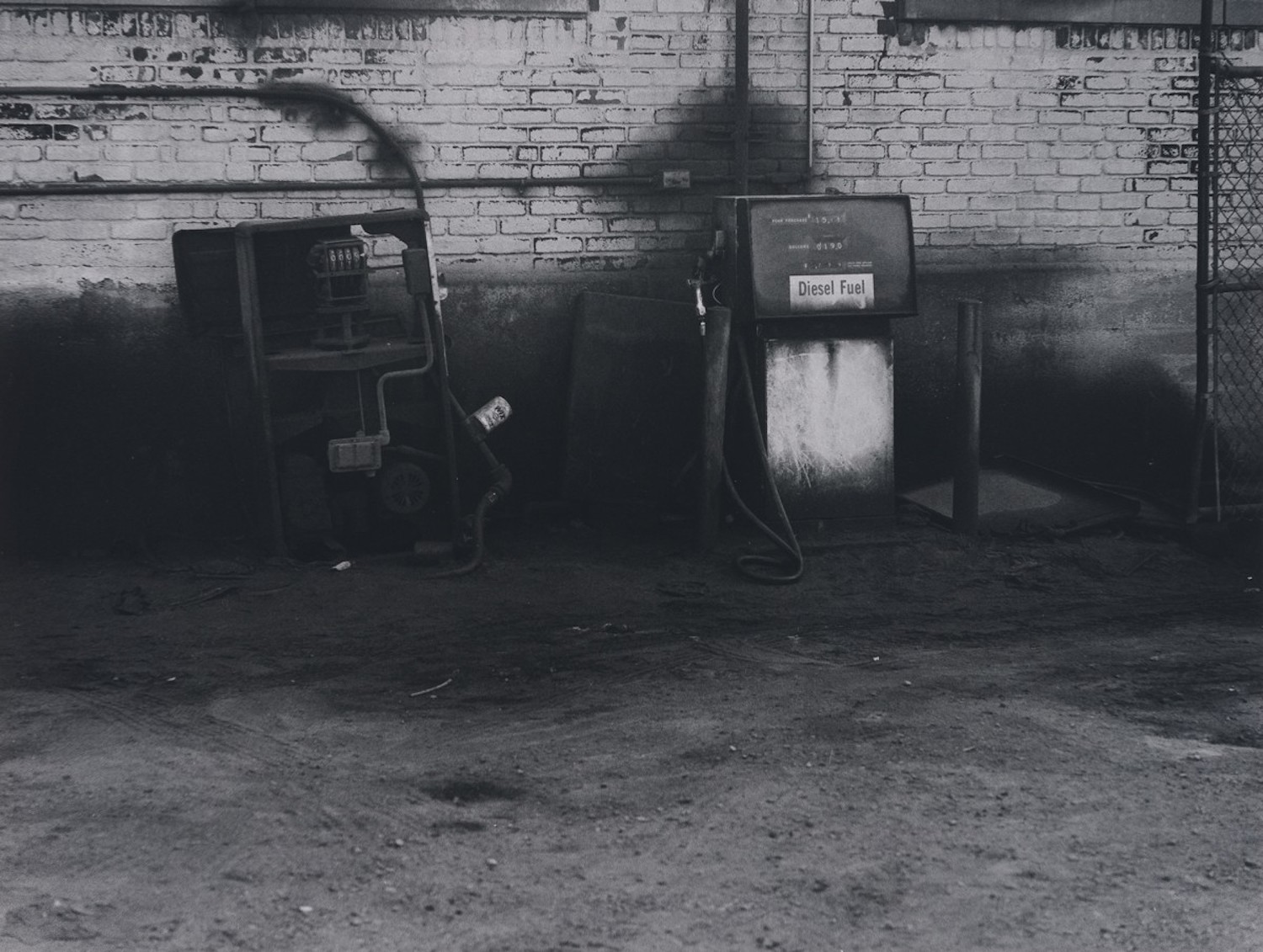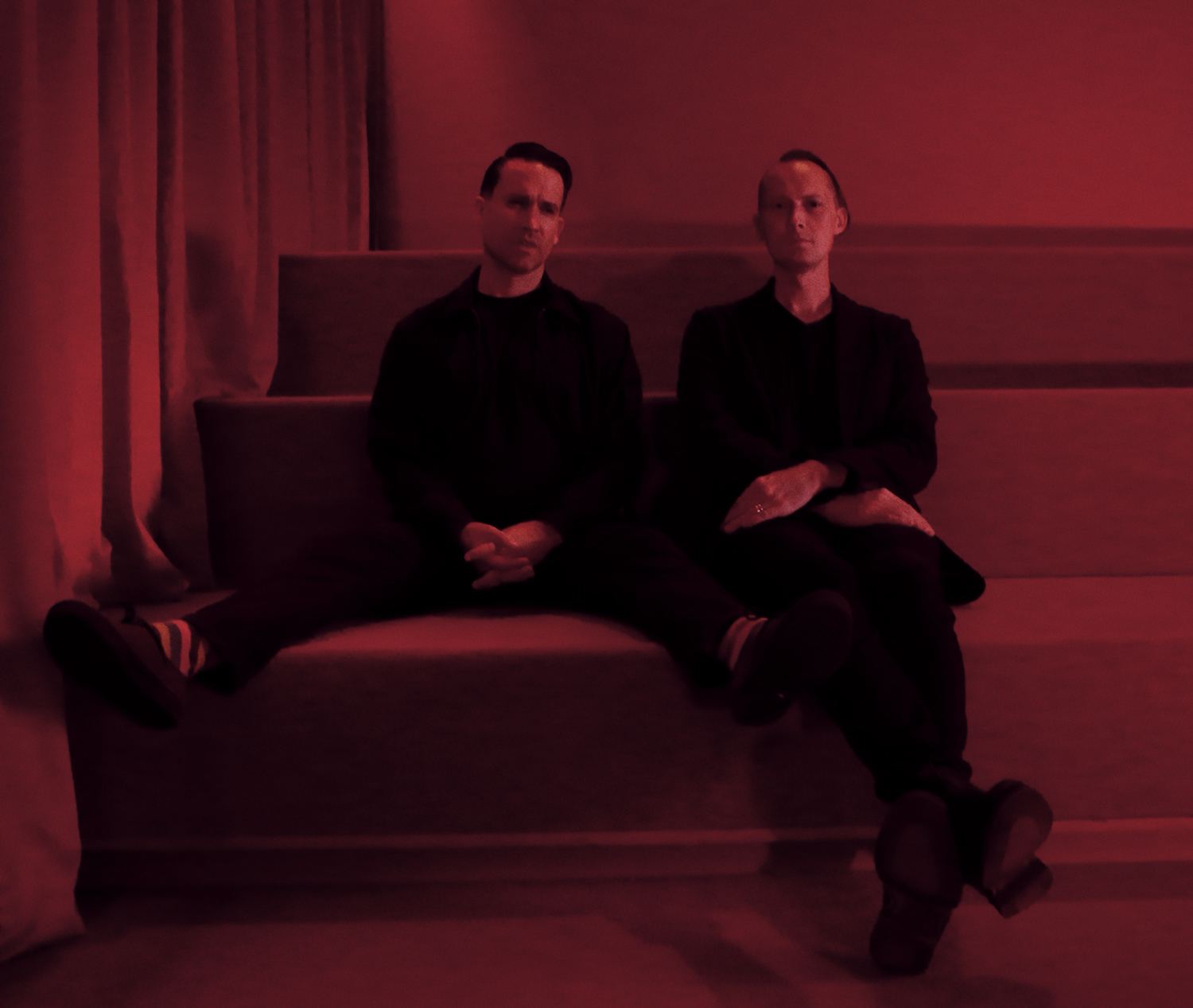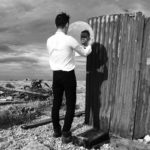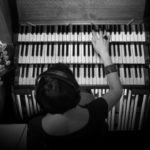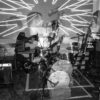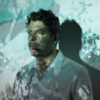“Like most weird, teenaged losers, I was looking for something in art or music to help make sense of the world,” explains Xiu Xiu frontman Jamie Stewart. “Growing up in Los Angeles suburbs in a chaotic and saddened household, I needed very much to find an escape hatch. But an escape hatch that inspired and propelled me to get out rather than one that just obliterated my mind into a useless mash.
He continues, “I had no intention of giving up. When I first saw David Lynch’s film Wild at Heart, the treasure map was there. Never before in my own wild heart had anything been injected that was at once violent, funny, surreal, frightening, creative, musical, sexual, dark and therefore deeply redemptive. My entire adult life has been spent depending on David Lynch to continue to guide my personal and art wandering through the morass this it has remained. He takes a light breeze and sucks it out with a black flame. He takes a pit of suffering and garnishes it with a pink lady apple and a tangerine. His fearless pursuit of extremes of feeling, imagination, exploration, meaning and molten daring will always be my standard for what it’s worth.”
Imagine Stewart’s surprise, then, when Brisbane’s Gallery of Modern Art curator (José Da Silva) asked the fearless singer/multi-instrumentalist to be a major part of the ambient sounds and original music surrounding the Lynch survey Between Two Worlds. Xiu Xiu wise, Stewart led a proper live performance of the group’s recent Twin Peaks record—ecstatic noise and artful pop interpretations of classic film pieces like “Falling” and “Laura Palmer’s Theme.” Things got really strange with HEXA, though; originally meant as a body music experiment co-led by Room40 founder Lawrence English, the duo was tapped to score Lynch’s Factory Photographs series.
Here’s what happened next according to English, along with a complete stream of the Factory Photographs full-length Room40 is releasing this week and more related viewing/listening….
Before I get started on this track-by-track, I should point out that several ‘pieces’ on this record are in fact small suites. So I’ve taken the liberty to speak to them as complete sets as they all derive from similar influences and ideas. I should also say that there’s a whole other side to these pieces that is shared by my bandmate Jamie Stewart; these connections are what I poured into this recording and it’s important to for me to say that this is merely one chapter of the story, Jamie being the other one.
“SLEDGE” / “DOWN”
When I was about 15 years old, I saved up and bought a VHS/TV all-in-one. It was small, but it meant that I could watch films in the evenings before I fell asleep. Over the next three or four years I compulsively watched cinema, especially stuff that sat at the fringes. I watched films by John Waters, George Romero, David Cronenberg, Melvin Van Peebles, Russ Meyer, Shinya Tsukamoto, Herschell Gordon Lewis, Norifumi Suzuki and tons of other horror and weirdo cinema. Basically whatever I could get my hands on, which in Brisbane at that time wasn’t so much. I got myself the psychotronic encyclopedia of film and that certainly helped too.
One of the films I probably watched most during this period was Eraserhead. What struck me most about it, was the sound. Watching Eraserhead, I realised that what the sound does is it reaches out beyond the visual frame and drags in a much bigger world into what is sometimes a tiny space or situation. Listening to Eraserhead, I imagined a much bigger, darker and heavier world that surrounded Henry. It was a world we didn’t need to see as the sound created powerful impressions and mental illusions. I had the good fortune to speak to David Lynch about this revelation when I met him last year. He was very gracious listening to me and such a very supportive force. Somehow it was these memories that formed a lot of the texture in this piece.
“LUMBER” / “RING BARK” / “THERE NEVER WAS”
These three pieces actually were born directly out of the initial HEXA performance at the Gallery Of Modern Art in 2015. Whilst HEXA existed before this project with David Lynch—in fact there’s a split 10” with Basic House that has been completed for sometime and remains unreleased—the commission from curator José Da Silva gave Jamie and I an excellent chance for developing a collection of highly focused sonic materials. Constraint is often the best situation to work under. These three pieces existed within the original performance in a completely different form. Live, the material is more somber, if that’s possible, and moves with a slightly different pace. More crushing in a different way. For the record, I wanted to try and find a way to tease out the more active sonic aspects of David’s photographs. In his earliest images, you can still see a vision of the living, breathing industrial age. In the later photos this sense of life is gone. This suite was a testament to the last breaths of these spaces. Actively brutalizing their occupants and coughing out grey into the world.
“A BREATH” / “THE COLDEST KISS”
Maybe this is the requiem for what I wrote above—a final breath, and then that time has expired forever. I think actually David’s photos capture a really important transition that is much more relevant than a cursory glance might suggest. In some way these images mark out a really significant shift away from the Industrial Age. They are like memento mori for one of the great mechanisms of western capital production. Looking at the images, especially the later ones, you get a sense of just how fragile these capital dreams are…. They are momentary and somehow they are sold to us as permanent. Listening to the discourses around the current election cycle in the USA, these images have a huge relevance to serve.
“VERTICAL HORIZONS” / “OVER HORIZONTAL PLAINS”
These two pieces I very much enjoyed working on. They are derived from field recordings I have made in a variety of locations over the years. These recordings were matched with live performances from Jamie on synths and percussion that I think somehow really played into each other so very well. On an entirely personal note, I developed some strange compressions and spectral panning techniques making these two pieces that I have also used on a new solo recordings which will come out next year. Jamie’s percussion playing has always been something I’ve admired greatly and he really found an incredible tension in what he made on these pieces. I also love his organ playing, which feels so very ‘merged’ with the remainder of the sounds. These pieces were very much about creating a kind of industrial strata, layers of a factory stacked, and somehow we’re listening to the entire building at once.
“BODY”
One of the first conversations Jamie and I had was about how the body is affected under the radical sonic conditions of the factory. What leapt out at me when I saw David’s Factory Photographs for the first time was the latent sound captured inside them. They resonated off the print. I could sense very strongly this physical sonic aspect to them, that bodies in those spaces would have been under extreme pressure. The pressure waves of the machines and the vibration of these motors and other industrial apparatus, that dwarf the human scale, it’s a powerful sense to grapple with. This piece is entirely about that experience, about sensation, about embodiment and about the clashes between body and machine.
